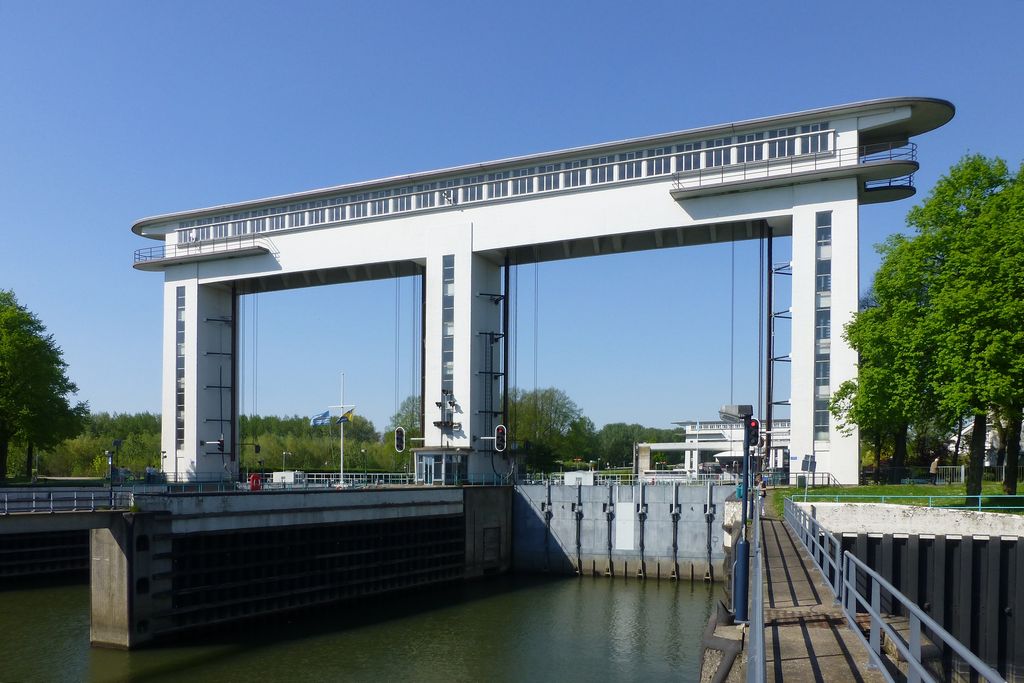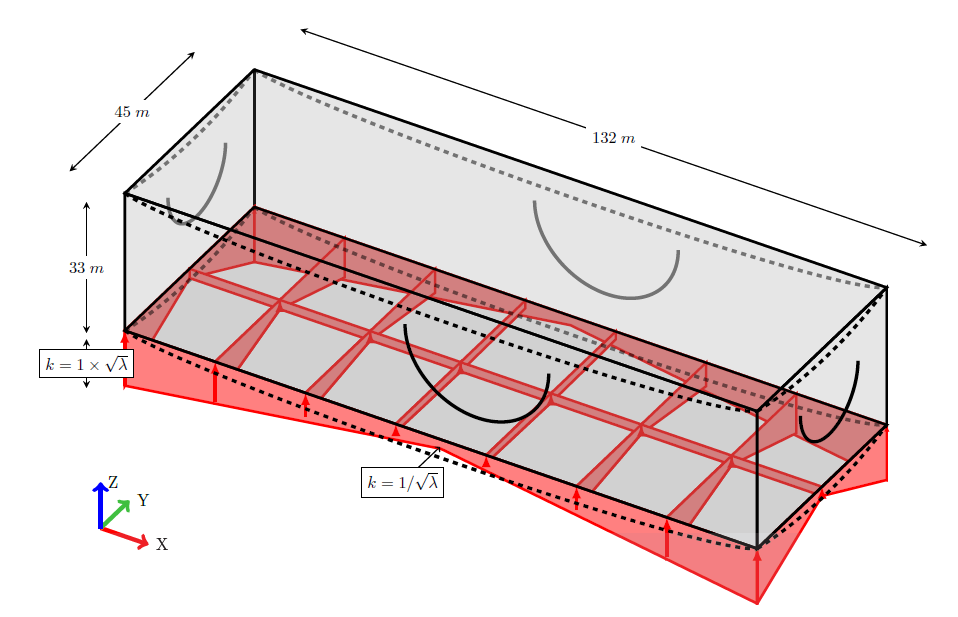Navigation Locks
Hundreds of navigation locks in the Netherlands are fully operational for either inland shipping or recreational navigation. Given the growing congestion of the national highways, the search for more sustainable transport modes, it is expected that transport over water will grow and that locks will become larger and of more importance in the future.
Many of the existing locks are over, at or approaching the end of their design lifetime, which typically varies between 50 and a 100 years. In the next decennia these locks will go out of use, have to be refurbished or substantially upgraded, demolished and replaced by new navigation locks that are suited for the future day standard. One of the presently encountered problems for upgrading/enlarging navigation locks is, that the original design calculations and drawings are not available any more. It is therefore difficult to determine the structural reliability and judge the effects of modifications.
Another drawback is that all locks differ from each other, which hampers efficient maintenance strategies. Various MSc graduate students are therefore studying aspects related to the upgrade programme of the locks that are part of the Dutch primary flood defences. One student has studied the prioritisation of the renewal task, based on a risk analysis of failure of the two main aspect systems of flood protection and shipping. Three students have developed standardisation approaches, based on parametric desing methods.
The adaptation of existing locks to new requirements is a complicated task, usually more complex than designing a new structure. At the moment, two large sea locks in the Netherlands are being upgraded: in Terneuzen and in IJmuiden. One graduate students made a conceptual design for the lock heads of the new Terneuzen lock, consisting of pneumatic caissons.
Other recent graduate studies were on fibre reinforced lock gates and on a fish-free type of lock in Illinous. In following years research efforts will be devoted to:
- Optimal replacement strategies of navigation locks, which include the development of improved assessment and evaluation techniques for existing locks;
- Design of new gate types, for instance the curved sliding or rolling gate for high head locks where possibilities to extend the used area is limited;
- The use of new synthetic materials, light weight and high strength, that may become available due to developments in the nano-technology.

